Traffic Signs Every Driver Must Know

Road departments use traffic signs and signals for communicating with drivers, and in order to drive safely, every driver needs to know instantly what each sign means.
While there are some regional differences in road signs, most are standardized in the U.S. according to the Manual on Uniform Traffic Control Devices (MUTCD) and the Standard Highway Signs publications produced by the federal government.
Increasingly, road signs and traffic signals use symbols in place of written words, making them faster and easier to understand for all drivers.
Meaning of Traffic Signs and Signals
The meaning of traffic signs is conveyed through the shape and color of the sign as well as the actual symbols and words shown on the sign. The background colors of road signs have these meanings:
Red signs and lights indicate full stops are required by all drivers.
Yellow indicates a warning.
Green is used for moving ahead.
Fluorescent yellow is used at school zones and pedestrian crossings.
Orange indicates highway crew work zones.
Blue is used for driver services and information facilities.
Brown colored signage indicates recreational facilities and sites of historical and cultural interest.
The overall shape of road signs also contains information for drivers.
Rectangular signs are used for conveying information about driving regulations, such as speed limits. Octagonal signs are used for stop signs, and diamond-shaped signs signal a warning of a road hazard. Triangular signs are used for indicating a need to yield to traffic in another roadway.
Roadway Light Signals

Road signs and signals also include flashing and steady lights. Steady red lights signify that drivers must come to a complete stop before proceeding if proceeding on a red light is permissible at that location. Flashing red lights signal drivers to come to a complete stop and then proceed when safe to do so.
Some states, such as California, allow drivers to turn right after coming to a complete stop at a red light, but in other states, you can receive a traffic ticket for doing this.
Steady yellow lights mean a red light is about to appear. If you are close to the intersection and you can pass through it safely before the light turns red, you can drive through a yellow light. However, if you can safely stop, you should do so.
Green lights mean go ahead, but only if it is safe to do so. A steady green arrow means you can drive in the direction of the arrow, as long as it is clear of other vehicles and pedestrians.
Traffic Hand Signals
Roadway signaling for safety when driving also includes several hand signals for indicating left and right turns and stopping. While these signals are not frequently used, some DMV offices require driver’s to know traffic hand signs in order to pass the test for a driver’s license.
If you are unsure about the meaning of traffic signs and signals, or you are studying for a driver’s license test, look online for a free DMV road sign practice test or pick up a free, printed study booklet at the DMV office nearest you.






